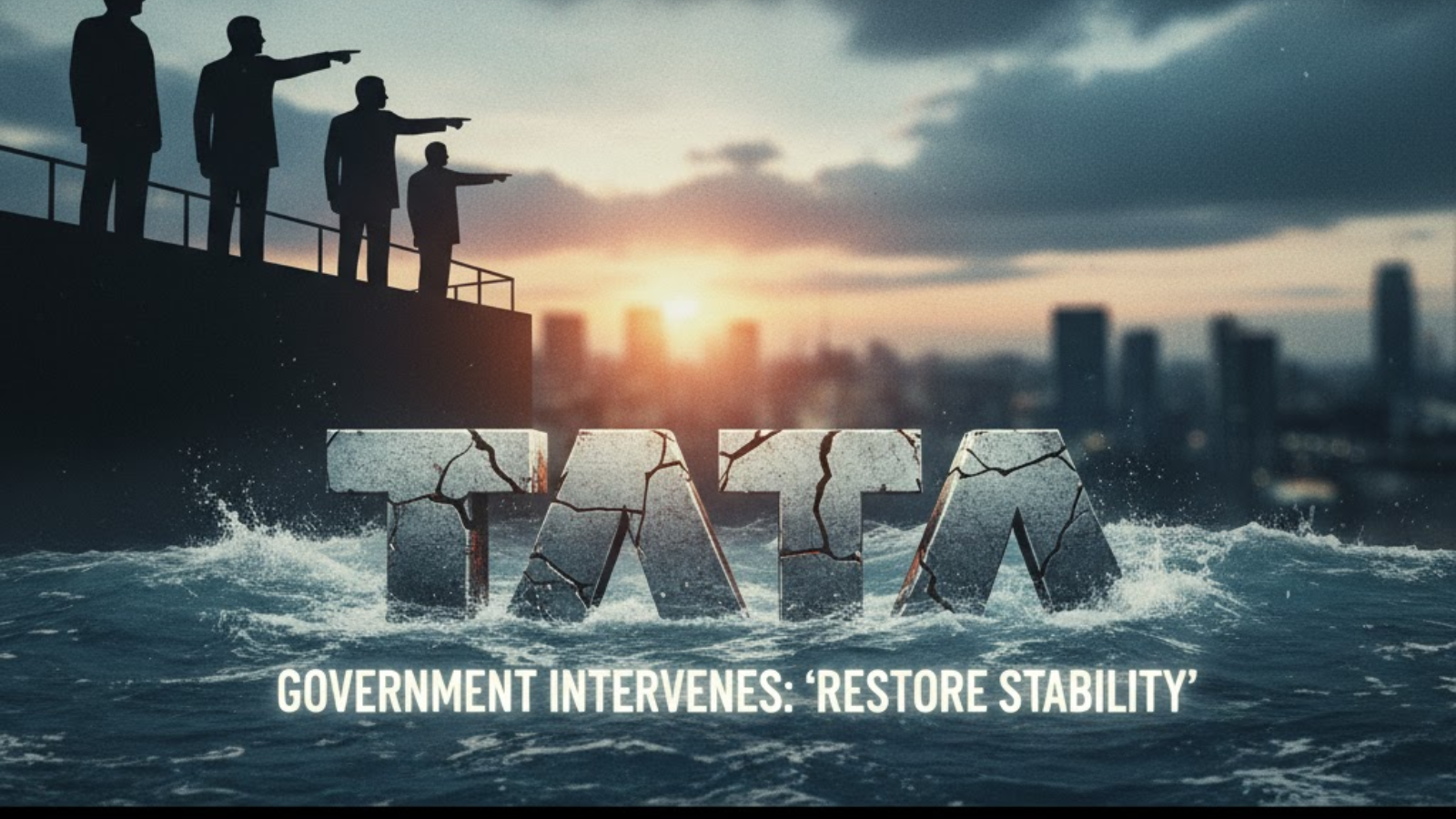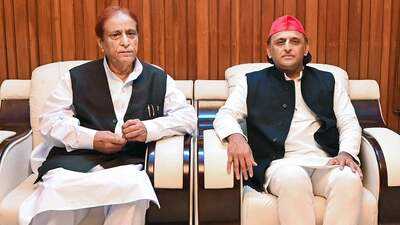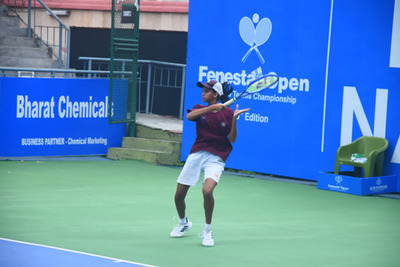Government Intervenes in Tata Trusts Row, Tells Leadership to Restore Stability
In a dramatic development, the Indian government has reportedly urged the Tata Group to take urgent steps to quell internal discord and restore stability within its flagship trust structure. The intervention comes amid mounting tensions within the Tata Trusts - which holds a controlling 66 % stake in Tata Sons, the holding entity of the sprawling Tata conglomerate - over governance, oversight, and trustee authority.

At the heart of the conflict is an emerging trustee faction, led by Mehli Mistry, Darius Khambata, Pramit Jhaveri, and Jehangir H.C. Jehangir, which has challenged the decision-making authority of Noel Tata and has sought oversight on board minutes, independent director appointments, and other internal mechanisms. Critics have termed this group’s actions as operating like a “super board,” undermining the authority of the Trusts’ chairman.
One flashpoint is the removal of former Defence Secretary Vijay Singh from the Tata Sons board, against opposition from several trustees. The split has exposed fault lines in transparency, allocation of oversight, and the balance of power among trustees.
Additionally, regulatory pressures add complexity. Tata Sons is classified as an “upper-layer” NBFC by the Reserve Bank of India, which carries an implied requirement for formal listing obligations. The ongoing governance crisis may impede compliance or a smooth listing roadmap.
Moreover, the Shapoorji Pallonji group - the second largest shareholder in Tata Sons - is reportedly negotiating an exit. The timing of internal conflict, board vacancies, and external stakeholder transitions heightens the risk for missteps.
For the Tata Group, the challenge is to reconcile internal dissent without damaging its reputation or succumbing to overt political pressure. It needs a coherent governance structure, clarity in roles between Tata Trusts and Tata Sons, and sober conflict resolution mechanisms. Failure to do so could jeopardize investor trust, corporate continuity, and India’s perception of robust, independent governance in marquee conglomerates.

What triggered the government nudge?
According to media reports, Home Minister Amit Shah and Finance Minister Nirmala Sitharaman met with key Tata representatives - including Tata Trusts Chairman Noel Tata, Vice-Chairman Venu Srinivasan, Tata Sons Chairman N. Chandrasekaran, and Trustee Darius Khambata - in New Delhi. The ministers reportedly pressed that stability be restored “by whatever means necessary,” warning that internal rifts should not disrupt Tata Sons’ operations.At the heart of the conflict is an emerging trustee faction, led by Mehli Mistry, Darius Khambata, Pramit Jhaveri, and Jehangir H.C. Jehangir, which has challenged the decision-making authority of Noel Tata and has sought oversight on board minutes, independent director appointments, and other internal mechanisms. Critics have termed this group’s actions as operating like a “super board,” undermining the authority of the Trusts’ chairman.
You may also like
- Odisha: BJD constitutes steering and zonal committees for Nuapada bypolls
- Chelsea and Arsenal get clear £78m message from Juventus as agent's meeting emerges
 MP News: CS Calls For Local Participation In Government School Repair After Collector-Commissioner Conference
MP News: CS Calls For Local Participation In Government School Repair After Collector-Commissioner Conference- National Tennis C'ship: Parthsarthi, Akansha, Riddhi sail into pre-quarters
 Akhilesh's Rampur Visit Marks Reset With Azam Khan, Eyes Consolidation Of Muslim-Yadav Vote
Akhilesh's Rampur Visit Marks Reset With Azam Khan, Eyes Consolidation Of Muslim-Yadav Vote
One flashpoint is the removal of former Defence Secretary Vijay Singh from the Tata Sons board, against opposition from several trustees. The split has exposed fault lines in transparency, allocation of oversight, and the balance of power among trustees.
Government’s rationale and stakes
The government’s intervention underscores how the Tata Group, due to its scale, legacy, and economic footprint, carries a certain “public responsibility.” Any governance breakdown not only risks corporate instability but could ripple across markets and investor confidence.Additionally, regulatory pressures add complexity. Tata Sons is classified as an “upper-layer” NBFC by the Reserve Bank of India, which carries an implied requirement for formal listing obligations. The ongoing governance crisis may impede compliance or a smooth listing roadmap.
Moreover, the Shapoorji Pallonji group - the second largest shareholder in Tata Sons - is reportedly negotiating an exit. The timing of internal conflict, board vacancies, and external stakeholder transitions heightens the risk for missteps.
Possible paths ahead
In the immediate term, the Trusts are expected to convene a board meeting on October 10 to address these disputes. The government, by signaling its concern, may implicitly back calls for removing or sidelining trustees whose actions destabilize internal governance.For the Tata Group, the challenge is to reconcile internal dissent without damaging its reputation or succumbing to overt political pressure. It needs a coherent governance structure, clarity in roles between Tata Trusts and Tata Sons, and sober conflict resolution mechanisms. Failure to do so could jeopardize investor trust, corporate continuity, and India’s perception of robust, independent governance in marquee conglomerates.










